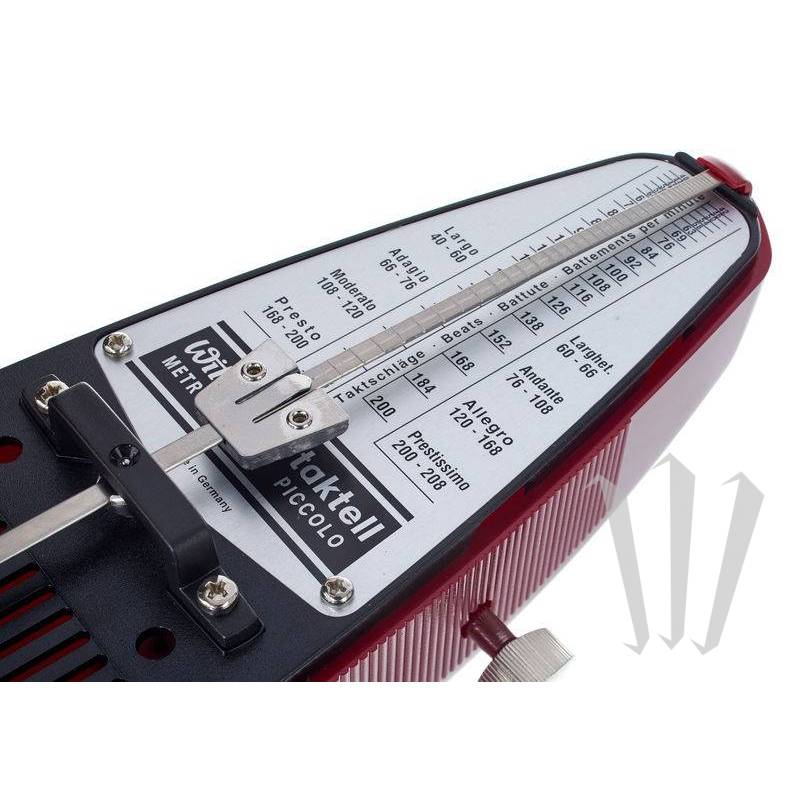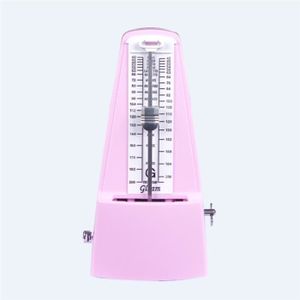

The metronome is used by musicians to help keep a steady tempo as they play, or to work on issues of irregular timing, or to help internalize a clear sense of timing and tempo. The metronome dates from the early 19th century, where it was patented by Johann Maelzel in 1815 as a tool for musicians, under the title "Instrument/Machine for the Improvement of all Musical Performance, called Metronome". These ticks represent a fixed, regular aural pulse some metronomes also include synchronized visual motion. Violent, but vigorous).Freebase (0.00 / 0 votes) Rate this definition:Ī metronome is any device that produces regular, metrical ticks - settable in beats per minute.

Heftig, aber markig (Energetically quick, but not too much. Mahler would also sometimes combine German tempo markings with traditional Italian markings, as in the first movement of his sixth symphony, marked Allegro energico, ma non troppo. 9 is marked Im Tempo eines gemächlichen Ländlers, etwas täppisch und sehr derb, indicating a slowish folk-dance–like movement, with some awkwardness and much vulgarity in the execution. For example, the second movement of his Symphony No. The composer using the most elaborate combined tempo and mood markings was probably Gustav Mahler.

Allegro – fast, quickly and bright (109–132 BPM).Allegretto – moderately fast (98–109 BPM).Andante – at a walking pace (73–77 BPM).Adagio – slow and stately (literally, “at ease”) (55–65 BPM).Some of the more common Italian tempo indicators, from slowest to fastest, are: These words at times become used as the composition’s title, with perhaps the most famous example being Samuel Barber’s Adagio for Strings. For example, a marking of Allegro agitato has both a tempo indication (faster than a usual Allegro) and a mood indication (agitated). Additional Italian words also indicate a specific mood that adds to the interpretation. For example, presto and allegro both indicate a speedy execution ( presto being faster), but allegro also connotes joy (from its original meaning in Italian). After the metronome’s invention, these words continued to be used, often additionally indicating the mood of the piece, thus blurring the traditional distinction between tempo and mood indicators. Most of these words are Italian, because many of the most important composers of the 17th century were Italian, and this period was when tempo indications were first used extensively and codified.īefore the metronome, words were the only way to describe the tempo of a composition. In classical music, it is customary to describe the tempo of a piece by one or more words. Musical pieces do not always have a mathematical time indication. Early metronomes were rather inconsistent, but modern electronics make BPM markings extremely precise. Beethoven was the first composer to use the metronome, and in 1817 published BPM tempo indications for all of his symphonies. Musicians use metronomes to practice playing at different tempos. A metronome is a device that produces a sound at regular intervals. Mathematical tempo markings of this kind became increasingly popular during the first half of the 19th century after Johann Nepomuk Mälzel invented the metronome. This means that a particular note value (for example, a quarter note) is specified as the beat, and the marking indicates that a certain number of these beats must be played per minute. A composer’s most accurate way to indicate the desired tempo is to give the beats per minute (BPM). One of the most basic and important aspects of interpreting a piece of music is determining the speed, or tempo.


 0 kommentar(er)
0 kommentar(er)
